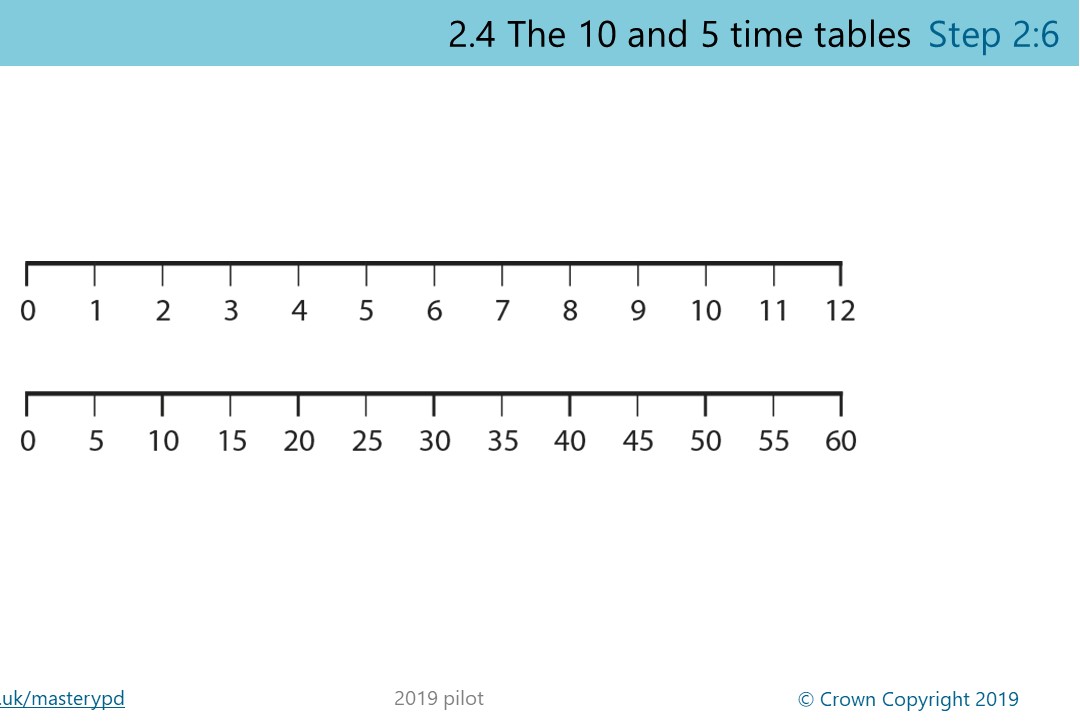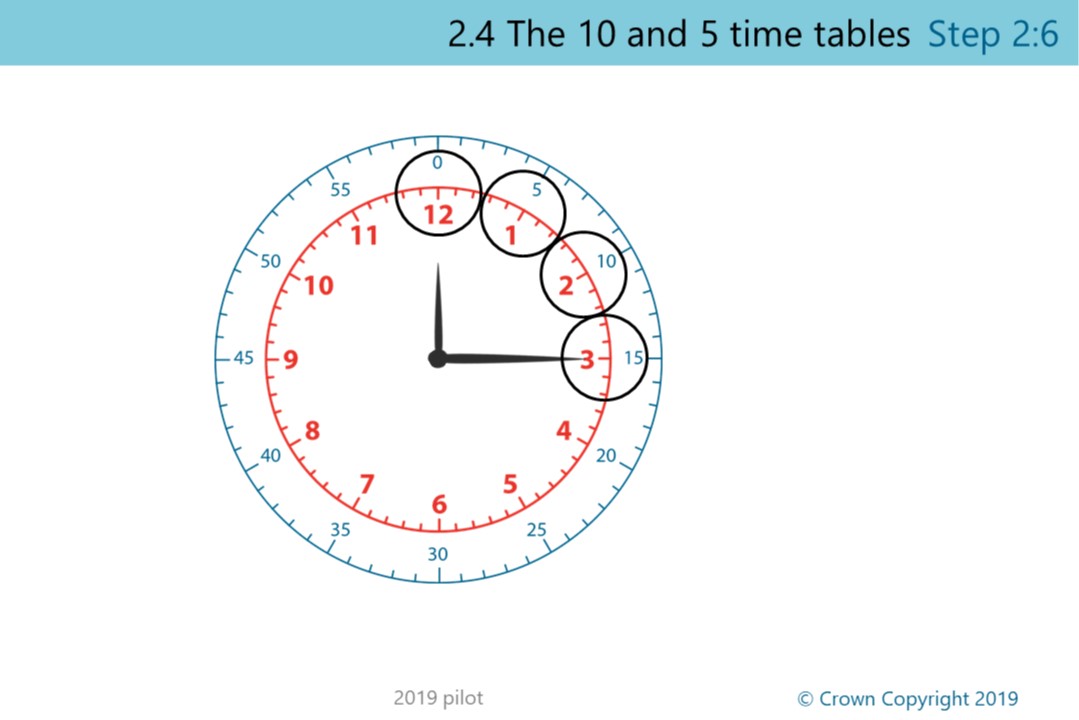Time
Unit 11 – 1 week
This topic is part of the National Curriculum but is not included in the DfE 2020 guidance or the NCETM Mastery PD Materials. There are no NCETM classroom slides to download for this unit. We hope that teachers/schools will plan to cover this material from their own existing high-quality resources and using the information and suggestions below.
National curriculum statutory requirements (p14)
Pupils should be taught to:
- compare and sequence intervals of time
- tell and write the time to five minutes, including quarter past/to the hour and draw the hands on a clock face to show these times
- know the number of minutes in an hour and the number of hours in a day.
Notes and guidance (non-statutory)
- Pupils use standard units of measurement with increasing accuracy, using their knowledge of the number system. They become fluent in telling the time on analogue clocks and recording it.
When planning this unit, build on children’s current understanding of time that has been developed in previous years. In Year 1 pupils will have looked at the use of a number line and how a clock can be seen as a 0-12 number line wrapped around a circle (see Year 1 Unit 11). Ensure that they are secure with this before you introduce the minute hand. They will have already looked at the fact that there are 12 hours in the morning and 12 hours in the afternoon – use this to draw out that there are 24 hours in a day.
Introducing the minute hand
In Year 2, Unit 1, pupils will have looked at comparing numbers and positioning them on a number line. Use this learning to create a number line that starts at 0 and ends at 60. In Year 2, Unit 5, they will have looked at counting in fives and will use this to bring the hour number line and the minute number line together on a clock face. Refer to slides 164 to 170 of unit 5.
You could make a large number line outside and get the children to walk along the line. As they land on a number at 1 they say “5 past”, at 2 they say “10 past”, at 3 they say “15 minutes past”... etc., until they get to 12. Only focus on minutes past the hour at this stage. Return to 0. You may want to repeat this several times to draw attention to the fact that time does not stop. Count between the numbers so that they are aware that there are 60 minutes in an hour. “Zero, one, two, three, four, five” (at the number 1 on the number line) , “six , seven, eight, nine, ten”( at the number 2 on the number line), etc.
Because the passage of time is continuous make a number line on a something that will bend around to create a circle such as part of a hosepipe. If you have made a large number line in the school hall using a rope, then join the 12 and the 0 together to make a circle. The children can then walk around the circle and when they stand on a number say the number of minutes past the hour.
Draw attention to the link to their knowledge of counting in fives. At the number 1 – one five is five, at the number 2 - two fives are ten, at the number 3 - three fives are fifteen etc. all the way round to 0 - twelve fives are sixty.
Bring the hour number line and the minute number line together on the same number line so that they can understand how an analogue clock represents both the hours and minutes on the same line that curves around the circle.
Draw attention to how the two hands are used to distinguish between whether you are looking at the number line to look at the hours or the minutes, and then both.
First look at the hour hand and then the minute hand to support the children in telling the time to five minutes. Use images of clock faces so that they can practise both reading the time and drawing hands onto a clock to represent a time.
Repeat the process of looking only at the minute number line and draw attention to how many minutes to the hour, for those numbers that are greater than 6. For example, when the minute hand is pointing to 7, it indicates 35 minutes past the hour and therefore 25 minutes to the next hour because there are 60 minutes in an hour.
Linking to Unit 12 – position and direction: Look at half past the hour, as well as quarter past, using knowledge that a full turn of the minute hand is one hour and that half a turn, for example, is 30 minutes past the hour.
Opportunities to address this topic in other Year 2 Units in the curriculum prioritisation materials
- Unit 1: Numbers 10 to 100
- Unit 5: Introduction to multiplication
- Unit 12: Position and direction.
Cross-curricular opportunities to address this topic
- History – children should develop an awareness of the past, using common words and phrases relating to the passing of time.
- Throughout the school day referring to when events occur such as the start and end of the school day, lunch time etc. increasing their awareness from year 1 through referring to how many minutes past the hour. Focus on time intervals – for example, how many hours and minutes (to five minutes) have passed since break time.
Useful resources
- Online interactive clocks: ITP clock (Mathsframe), Teaching Clock (topmarks.co.uk).
- Teaching telling the time: a non-standard approach. This article, written by a Y3 teacher, reflects on teaching telling the time using an approach she observed in Shanghai.
- BBC CBeebies Numberblocks Specials: About Time.

